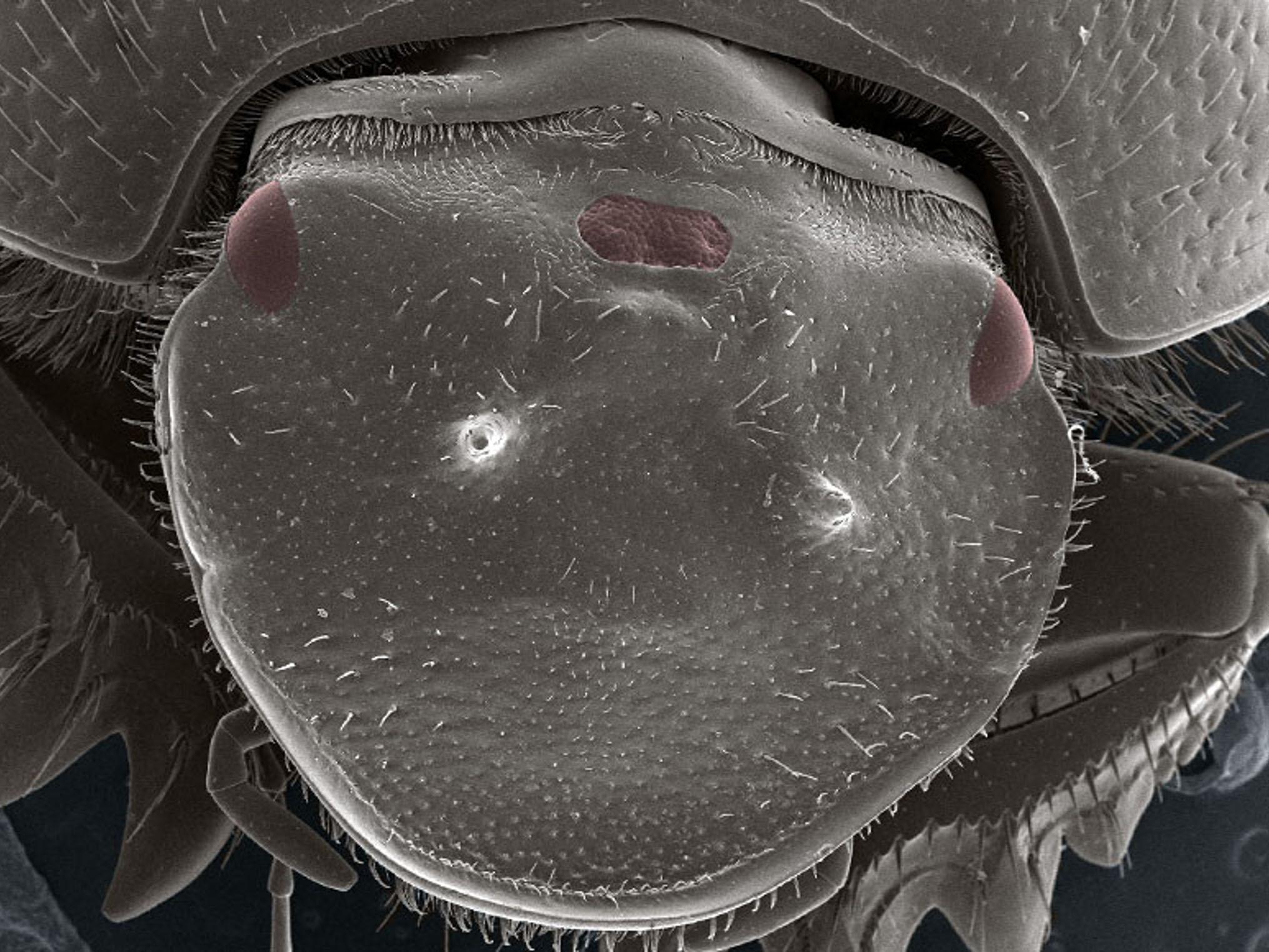Scientists create three-eyed beetle to help unlock secrets of human body
Interfering with a gene results in significant changes in the beetle’s anatomy, with implications for the development of human organs for transplantation

Scientists have engineered a scarab beetle with three eyes simply by deactivating a single gene.
Understanding the formation of organs is complicated, and experts are hoping experiments like this can help to unravel some of the processes involved.
The study demonstrates that despite the thousands of genes and processes driving the development of something like an eye or a limb, small genetic changes can have significant effects.
Insecticide! (An ecological disaster that will affect us all)
Show all 6“Evolving a novel physical trait is much like building a novel structure out of Legos, by re-using and recombining 'old' genes and developmental processes within new contexts,” said Professor Armin Moczek, a biologist at Indiana University who co-authored this study, which was published in PNAS.
"This study experimentally disrupts the function of a single, major gene," Professor Moczek said. "And, in response to this disruption, the remainder of head development reorganises itself to produce a highly complex trait in a new place: a compound eye in the middle of the head.”
Unlike Lego, which can be assembled in an intuitive way, the rules underlying body formation are not so obvious. Studies like this allow scientists to get a firmer grasp on these rules.
Insects have long been a testing ground for developmental biologists seeking to understand the genetic "building blocks" that underlie the development of body parts.
Some of the earliest scientific understanding of embryo growth comes from studies of flies with defects in so-called "Hox genes".
Past studies have also involved meddling with the development of fly eyes, making them grow on wings or legs.
In such studies, however, the misplaced eyes have remained sightless.
When tests were performed on the three-eyed beetle, Professor Moczek and his colleagues realised that they had produced a fully functional eye. “The darn thing actually works!" he said.
Though the results of this study seem ghoulish, lead author Dr Eduardo Zattara is clear about the practical significance of their work.
Only by understanding how complex organs such as eyes are formed in the body can researchers develop artificial organs to be used both in further research, and for transplantation.
"We regard this study as really opening the door to new avenues of investigation in multiple disciplines," said Dr Zattara.
Subscribe to Independent Premium to bookmark this article
Want to bookmark your favourite articles and stories to read or reference later? Start your Independent Premium subscription today.

Join our commenting forum
Join thought-provoking conversations, follow other Independent readers and see their replies